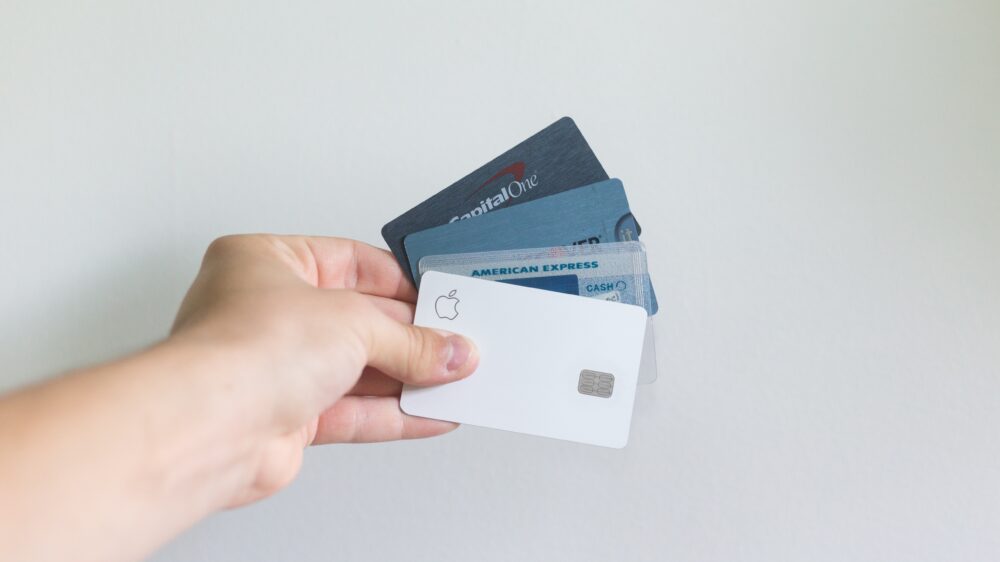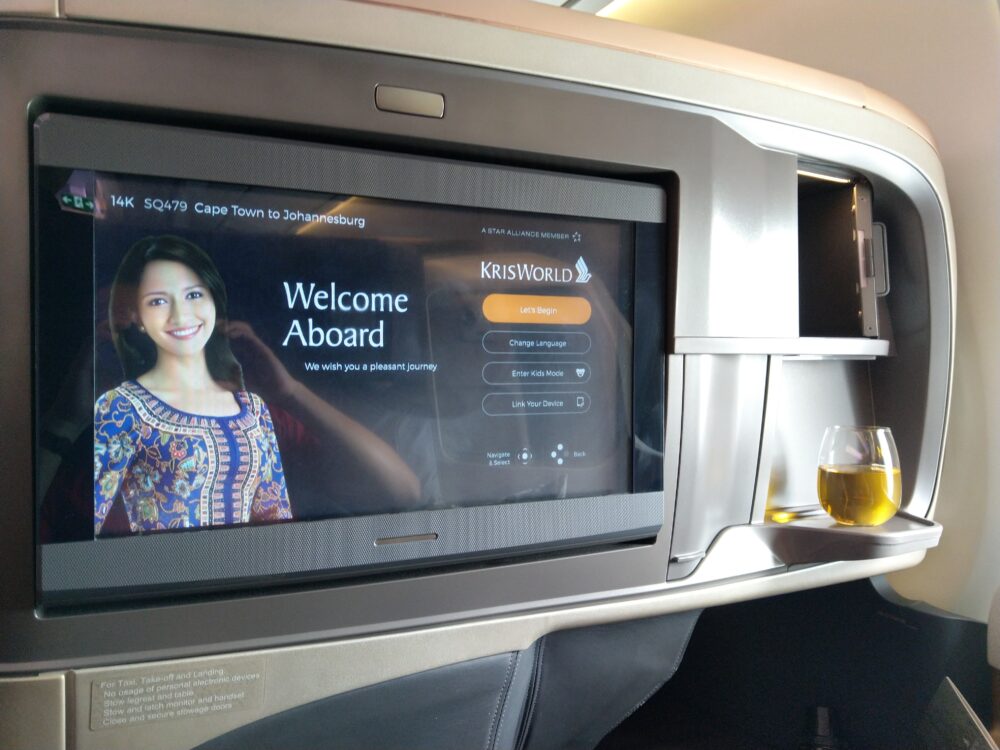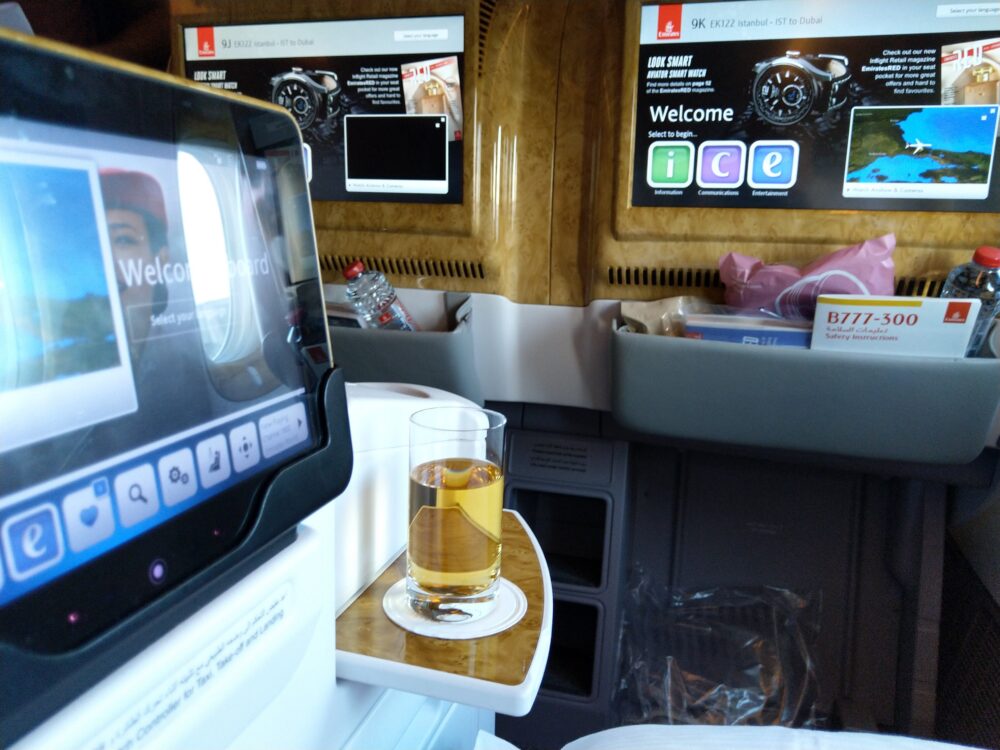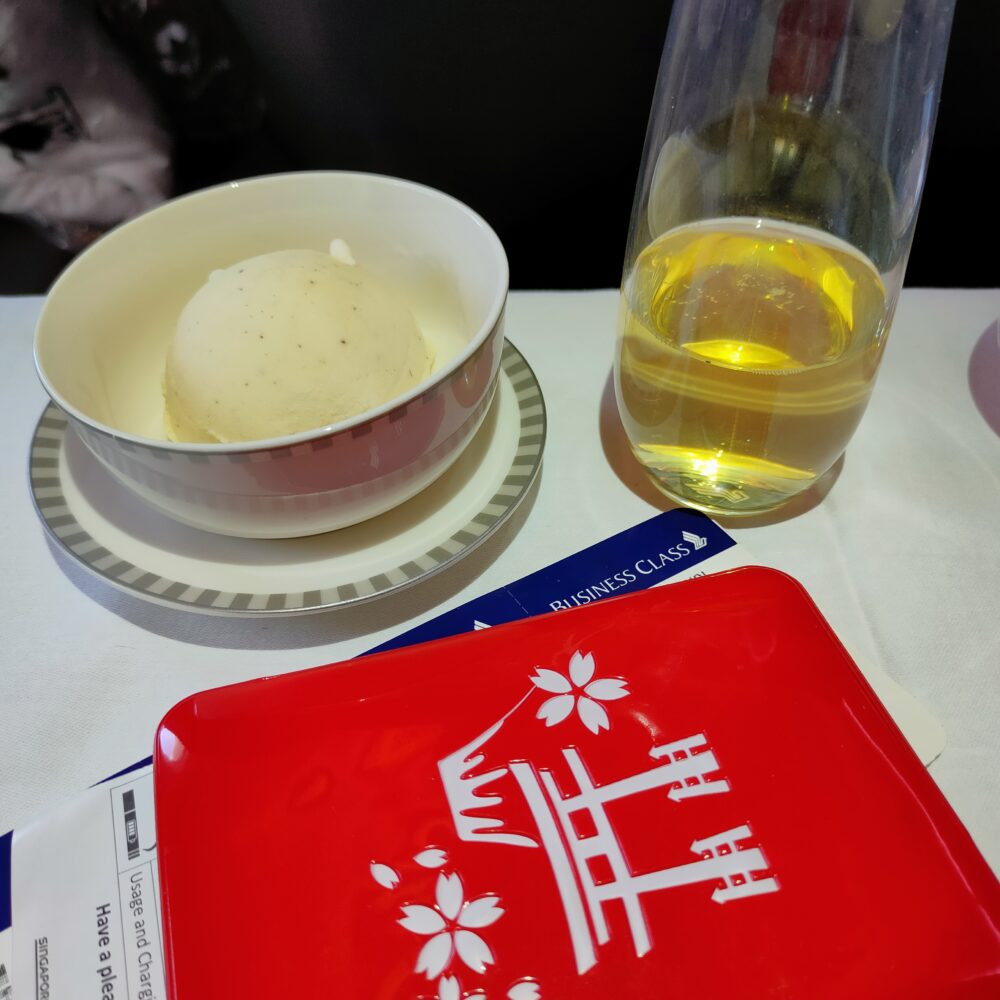8 Hidden Cons of Using Miles for Flights and What You Can Do About Them
Now that travel is almost back to what it was pre-pandemic, you might be considering a rewards credit card and weighing the pros and cons of using miles earned through it to redeem your flights. You may have even seen the return of photos of the business class tickets that your friends redeemed. Those photos may have looked like this:
While the prospect of travelling for “free” is very attractive, there are downsides to chasing miles for the purpose of redemption travel on award tickets that newcomers are seldom aware of. However, you can mitigate these downsides. These tips are what I can share based on five years of mile-chasing and three flight redemptions.
See Finnair A350 business class product (2015 version)
The Cons of Using Miles: The Earning Stage
1. You might apply for more cards than you should
Ever heard of “make your money work for you?” This time, the adage to remember is “make your expenses work for you.” Basically, maximise any opportunity to earn frequent flier miles, even on public transport, and don’t let them go to waste.
The way banks market their rewards credit cards means that holding a single card will not maximise the number of miles that you can earn. To do that, you would need a few credit cards, often from different issuing banks.
For example, DBS Bank’s Altitude cards earn the equivalent of 1.2 miles per dollar on most transactions. However, you can bump that up by adding their Women’s World card, UOB’s Preferred Platinum Visa (PPV) and HSBC’s Revolution cards, which earn the equivalent of 4mpd on online, mobile and dining transactions respectively.

In addition, you can only translate the credit card rewards points you earn into frequent flyer miles with the airlines that the bank partners. In Singapore, practically every bank partners Singapore Airlines; however, Citibank also allows you to transfer points to the frequent flyer programmes of Etihad and Turkish Airlines, among others. These other airlines may offer more attractive redemption rates and availability, or they may just suit the way you travel better.
It goes without saying, of course, that not everyone can manage more than a few cards. Don’t forget to pay the bills on time and keep track of the renewal date–so that you can request an annual fee waiver.
What you can do about it
Figure out which cards would earn the most miles based on your spending habits, then apply for those cards. For me, I use the Revolution, Preferred Platinum Visa, Women’s World and Altitude cards I mentioned earlier to cover my bases. If you rarely spend online, pay in foreign currency often or buy fuel for your vehicle, your selection may differ from mine. Stay on top of your spending by making note of the day you get your statement and paying your bills every month.
2. You become more calculative with your spending
Banks usually place terms and conditions on with how you earn your miles and points with their credit cards. Sometimes, you only earn points if you charge to the card through the mobile card, and not by tapping the physical card (e.g. UOB PPV). At other times, you might not earn points if the transaction is less than $5 (UOB again). There is also often a cap on the total value of transactions that you can earn miles on. You may end up being picky about where and how much you spend.
When you’re just starting out, you’d also want to put every bill on your card at gatherings with your family and friends. In the worst case scenario, you might even try to dissuade them from going to establishments that the bank excludes from earning miles (see UOB yet again). They might find you insufferable, especially if they are also in the miles game and trying to earn more for themselves. That’s just another of the cons of using miles.
What you can do about it
It’s tempting to buy a little more at the store just to hit a nice round number that earns points but remember that every little extra adds up. Don’t be a slave to your miles.
3. Keeping track of points and miles is hard work
You hope it doesn’t happen to you but at some stage, the bank does not award points on an transaction that it should have. Some people keep track of it religiously by logging their transactions in Microsoft Excel sheets, calculating what they should earn and checking if it tallies with their statement every month. Any discrepancy means a phone call to the bank to clarify and rectify.
In addition, most bank points and frequent flier miles have an expiry date based on when you earned them or last accumulated or spent them. You don’t want to be trapped in a scenario where you have to burn expiring miles in a less-than-ideal way.
What you can do about it
Joining a forum or Telegram group comprised of fellow mile-chasers is a good way to get “data points” on problems that others encounter with their transactions, getting an Excel template for the credit card you own, tip-offs on changes to terms and conditions and more. Some examples for the Singapore context include The Milelion, The Shutterwhale, Mainly Miles and Suitesmile.
Luckily, it is easy to find out when your points and miles expire in the respective bank and airline apps. There are also cards like the DBS Altitude whose points don’t expire until you transfer them to an airline frequent flyer programme (FFP).
4. Devaluations and nerfs happen
Points and miles can feel like free money but it is currency that is controlled by private companies. That means at any time, airlines and banks can change the miles-earning rate, the transactions that are excluded from earning miles, the number of miles needed to redeem an award ticket, or even the model that the frequent flyer mile programme (FFP) is based on, often at short notice.
For example, the basis for the number of miles needed to redeem a flight may no longer be the distance flown but the price of the ticket at the time. It’s a dynamic model that give very little value and no certainty to the mile collector.
It’s a nightmare where, suddenly, the goalposts have moved and you can’t redeem flights for the destination you’ve been eyeing as soon as you had planned to. The number of transactions that you can earn miles on your card for may suddenly be reduced.

What you can do about it
There is nothing you can do about it apart from being aware, so following a travel hacking website, forum or Telegram group (like the ones I mentioned above) is the way to go. Also, don’t purchase miles speculatively during FFP promotions to hold onto them; be sure to spend them soon.
The Cons of Using Miles to Redeem Flights
If you thought that was bad enough, the pitfalls don’t stop when you have earned and saved up enough miles for your redemption! Here are things to look out for when you redeem your flight.
5. Not all redemptions are equal
You’ll often find that the disparity between economy, business and first class tickets is bigger in terms of price than in miles needed to redeem them. As a result, the upper classes offer the best value for money when it comes to redemptions, and they are what most people aim for.
There are differences even within the same class. Airlines tend to assign specific aircraft to their destinations and even the flights themselves due to passenger loads and other factors. That affects whether the aircraft has an older or newer seat product, which may offer less privacy. For instance, some of Emirates’ Boeing 777 aircraft have six or seven seats in a row in business class, versus the four-across in their Airbus A380s and the fleets of most other airlines. You may feel short-changed if you get one of these instead of the newer seat products that you see bloggers and other mile chasers post about.

Some companies like Singapore Airlines offer different redemption levels too. The cheaper tier lets you redeem the flight for fewer miles but has more conditions attached, such as a higher fee for changing travel dates or even no permission for any changes.
Furthermore, not all airport lounges–access to which is offered to premium class and elite tier passengers–are built to the same standards. In “minor” cities, you may get access to a lounge that is run by a different airline or company, and it may not come with bells and whistles like showers or table service.
What you can do about it
Find recent blog posts and YouTube videos of the flight that you intend to take to get an idea of what is available in-flight for your travel class. In addition to the sites I listed above, there are many channels like Nonstop Dan (great especially if you want to know about the vegan food available out of each airport he has flown from).
Pay attention when you do your award flight redemption to the aircraft type and the seat map (the seating layout plan). If you have a credit card that offers Dragonpass, LoungeKey or Priority Pass access to a different lounge at the airport, feel free to check that out and see if it’s better.
6. Your travel plans have to be flexible
Due to all the factors I’ve mentioned above–first and business class offering better value, the popularity of certain flight timings and aircraft–you may find that there is no ready availability for the flight that you want. It means that other people redeemed their award flights earlier and got the best seats first.
Most of the time, the sweetest flight date and time for you is also the sweetest pick for others too. That means you may have to make a choice between booking a less ideal fare class or taking an extra day or two of annual leave for your holiday.
What you can do about it
Fly on another day that isn’t on or close to the weekend or public holiday, like Tuesday or Thursday. You may also want to lock in your flight dates as early as possible and if the need arises, stump up the fee for a change of date.
7. You still have to pay for taxes and other charges
Award flight redemptions are never entirely free. Firstly, banks usually place a charge each time you transfer their reward points to an FFP for miles, and it’s anywhere between $25 and $40 before GST.
When it comes to the flight itself, the miles only cover the airfare and not any taxes or fuel surcharges that the airport and airlines charge. These vary from destination to destination and can range from $50 to as much as $400. Some airports charge higher fees for premium travel classes, which explains why flights in one direction may be more popular than those in the other.
What you can do about it
Transfer miles from the bank in as large a block as possible to reduce the number of times you pay the redemption fee. Read those travel hacking websites where the writers disclose the amounts they paid for their award flights.
8. Aircraft and hard products may change
Even after you’ve figured out and scored the best possible miles redemption for your flight, nothing is confirmed until you’ve boarded the plane. Technical, safety and operations issues may mean that the airline changes the aircraft type at the last moment. Overall, “equipment changes” are uncommon but before the pandemic, travel hackers reported it happening more frequently on Cathay Pacific, Qatar Airways and a few others. While you still get a business class seat, it’s probably not the one that you were dreaming about the night before your flight.
What you can do about it
You may feel sore about it but there’s very little you can do about it legally. The contract you have with the airline only speaks of the class of travel and not the seat product that you would get, i.e. “you asked for business class, we gave you business class”. At most, the airline may send some extra FFP miles your way to pacify you if you complain about it.
Despite the potential cons of using miles, why do people still do it?
Some people look at the whole miles game and say that the cons of using miles are not worth their time. They would rather pay for an economy class budget flight and get rewarded for their spending in the form of cashback. That’s absolutely fine and it’s their prerogative.
For others, however, the little perks like being able to freshen up with a shower and free refreshments before a flight, extra room to stretch out and sleep, and getting luggage off the belt first make the transition back to work and the real world a little easier. A premium flight that they did not have to pay four or five-digit figures for sweetens their travel memories way, way more, especially if the effort to avoid these eight pitfalls pays off.
